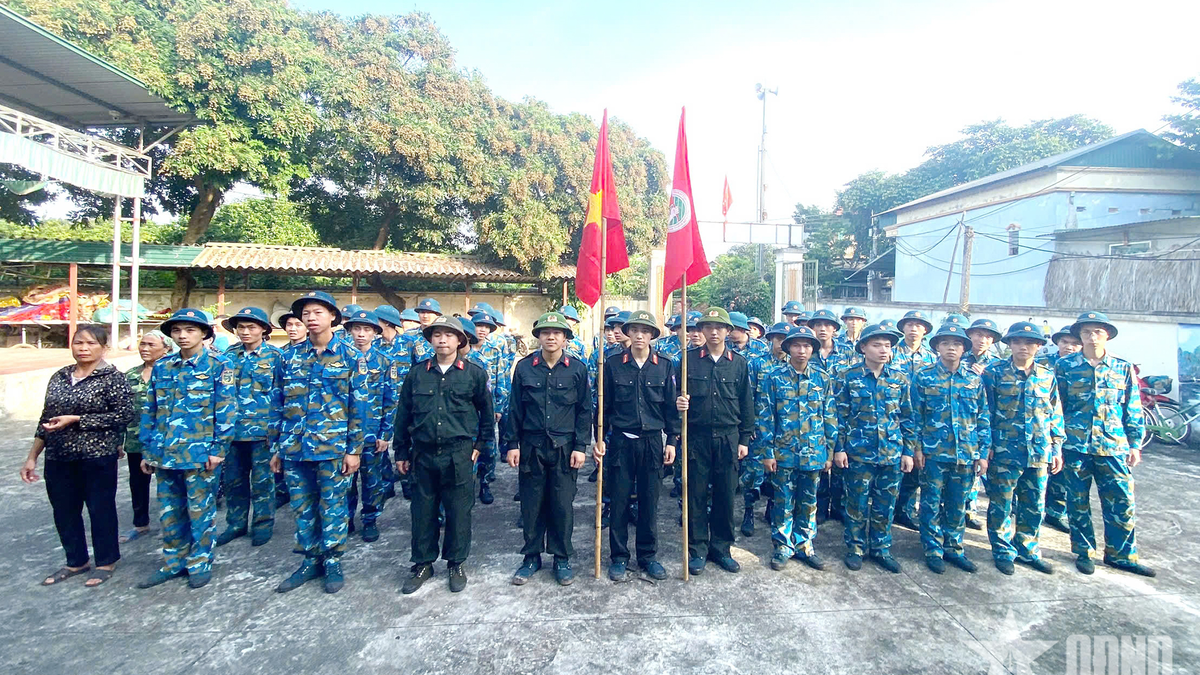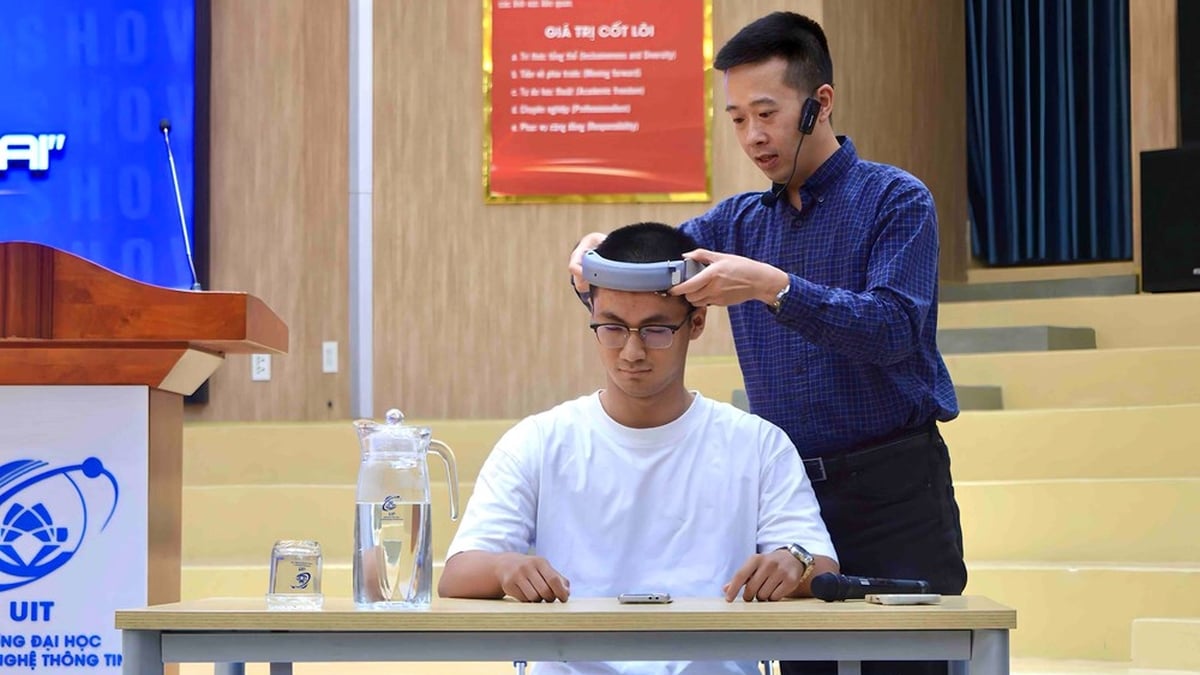On June 3, the US, South Korea and Japan agreed to operate a real-time North Korean missile warning data sharing system this year.
According to Yonhap news agency, South Korean Defense Minister Lee Jong-sup announced the information after a three-way meeting with his US counterparts Lloyd Austin and Japanese counterpart Yasukazu Hamada on the sidelines of the Shangri-La Dialogue security forum in Singapore.
Speaking to the press, Minister Lee Jong-sup stated that in addition to actively implementing the measures agreed upon by the US-Japan-ROK leaders at the trilateral meeting in Cambodia in November 2022, the three countries also agreed to raise security cooperation to a new level.
Regarding the issue of sharing real-time North Korean missile warning data, the three countries decided to connect their information-sharing systems, including the US-ROK information system and the US-Japan information system, and operate the combined system this year.
The United States, Japan and South Korea will soon hold expert-level talks on the issue.
To implement the plan to share real-time missile warning data that the leaders of the United States, Japan and South Korea agreed to last year, the three countries have been discussing data sharing based on the information sharing agreement that the three sides signed in 2014.
Currently, real-time missile warning data sharing is only implemented between the South Korean military and the US Forces Korea, and between the Japan Self-Defense Forces and the US Forces Japan.
Japan and South Korea do not have a similar mechanism.
Earlier, on the morning of May 31, North Korea launched a military satellite at around 6:30 a.m. but failed. The cause was believed to be engine failure and fuel stability issues.
The Korean Central News Agency (KCNA) said the country's National Aerospace Development Administration (NADA) launched the military reconnaissance satellite Malligyong-1 on a new-type carrier rocket Chollima-1 at the Sohae Satellite Launching Ground in Cholsan County, North Phyongan Province at 6:27 a.m. on May 31 as scheduled.
KCNA news agency said: "The new satellite carrier rocket Cheollima-1 fell into the sea west of the Korean Peninsula after losing power due to an abnormal start-up of the second-stage engine during normal flight."
The NADA spokesman said the failure was due to the low stability of the new engine system applied to the Cheollima-1 rocket and the unstable properties of the fuel used.
However, Yonhap news agency quoted the South Korean Presidential Office as saying that North Korea could conduct another military satellite launch during the period previously announced by Pyongyang, from May 31 to June 11.
According to VNA/Vietnam+
Source link




































































































Comment (0)